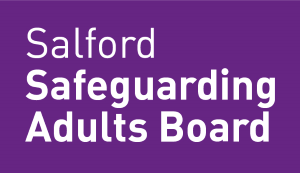The Domestic Abuse Act 2021 defines domestic abuse as:
Behaviour of a person (“A”) towards another person (“B”) is "domestic abuse" if:
- A and B are each aged 16 or over and are personally connected to each other, and
- the behaviour is abusive.
Behaviour is “abusive” if it consists of any of the following:
- physical or sexual abuse;
- violent or threatening behaviour;
- controlling or coercive behaviour;
- economic abuse (see subsection (4));
- psychological, emotional or other abuse;
and it does not matter whether the behaviour consists of a single incident or a course of conduct.
Personally connected
The term, 'personally connected' means any of the following:
- They are, or have been, married to each other;
- The are, or have been, civil partners of each other;
- They have agreed to marry one another;
- They are, or have been in an intimate personal relationship with each other;
- They each have, or there has been a time when they each have had, a parental relationship with the same child;
- They are relatives.
Possible indicators of domestic violence or abuse
- Low self-esteem
- Feeling that the abuse is their fault when it is not
- Physical evidence of violence such as bruising, cuts, broken bones
- Verbal abuse and humiliation in front of others
- Fear of outside intervention
- Damage to home or property
- Noise from the property
- Isolation – not seeing friends and family
- Limited access to money
Children and domestic abuse
The Domestic Abuse Act 2021, recognises that children / young people who see, hear or experience the effects of domestic abuse of a parent, person with parental responsibility or a relative, are also a victim of domestic abuse in their own right.
Witnessing domestic abuse of a loved one can be extremely distressing and harmful to a child / young person.
If you are worried about a child / young person who may be exposed to domestic abuse, then it is important that you contact The Bridge Partnership Bridge so the child / young person can also be supported as part of a Think Family approach.
